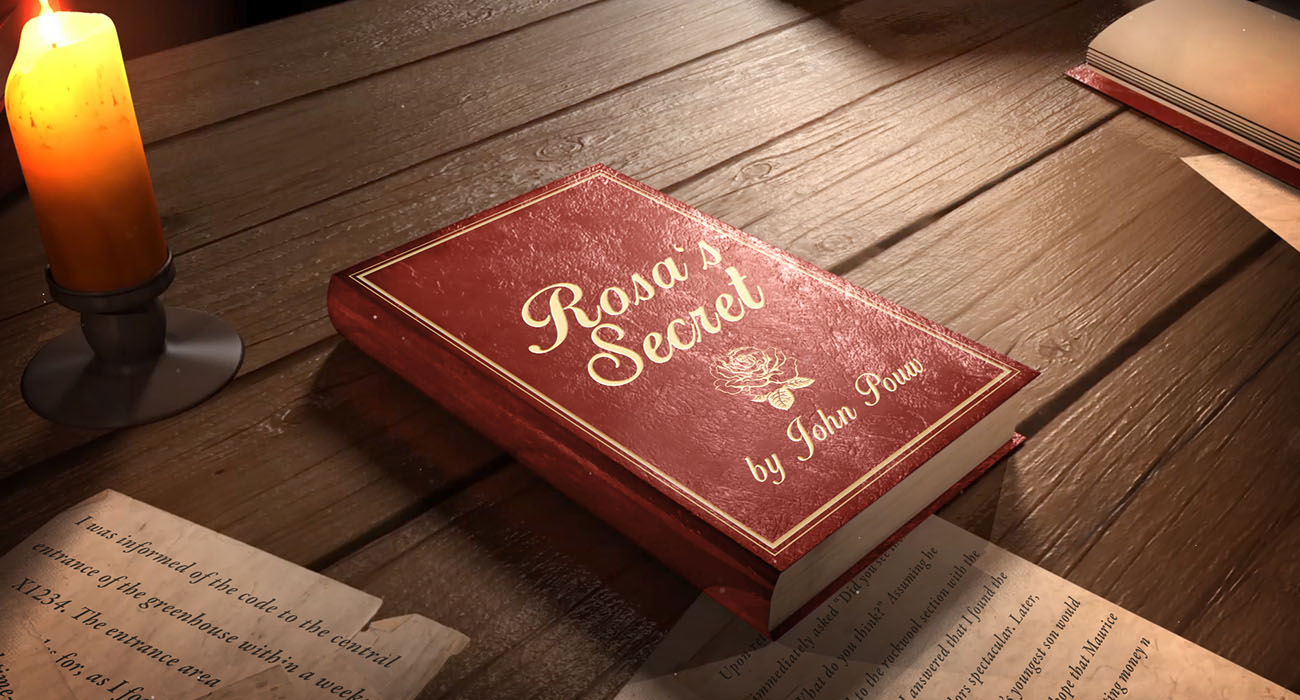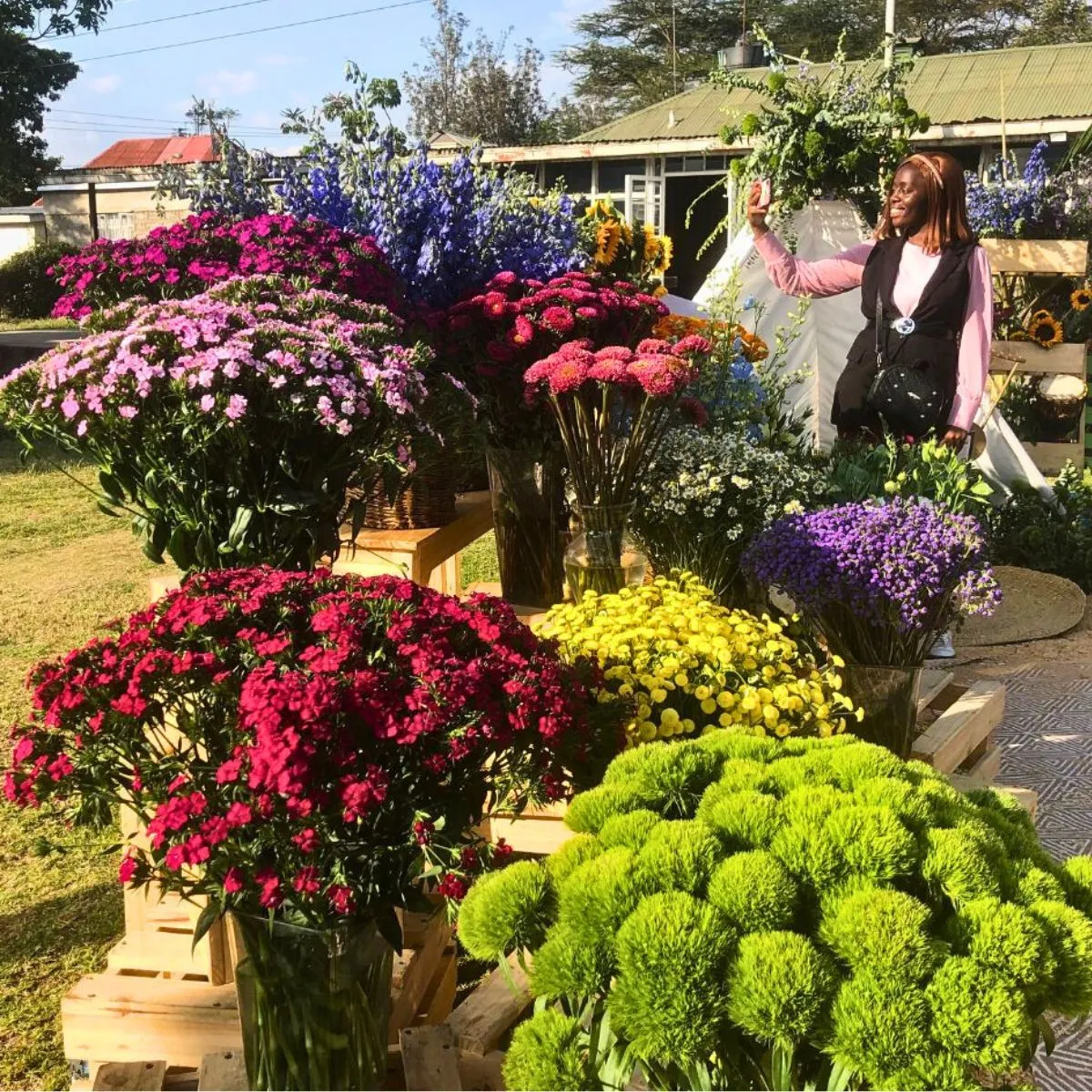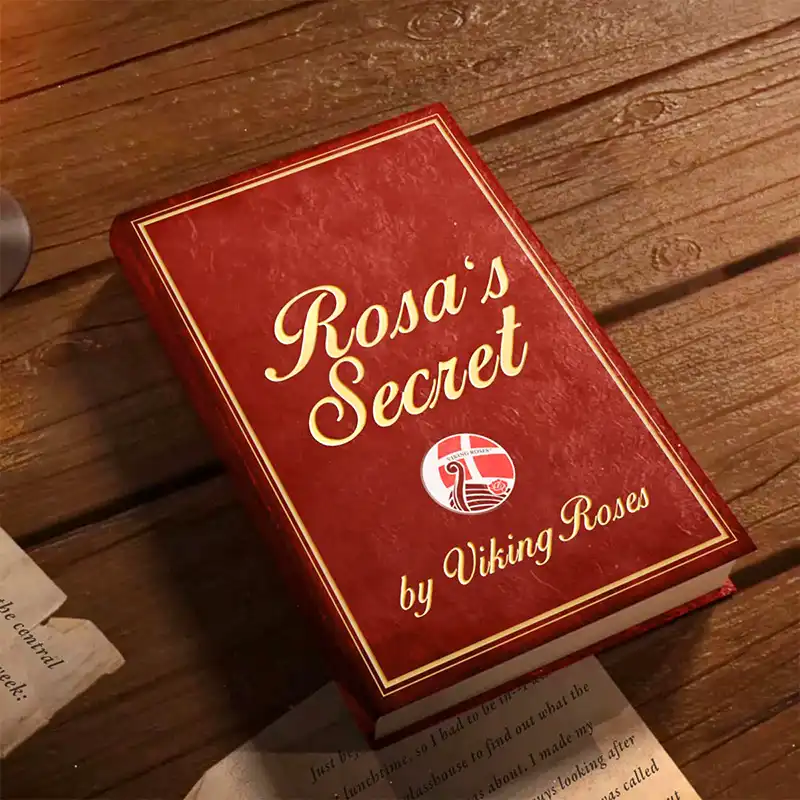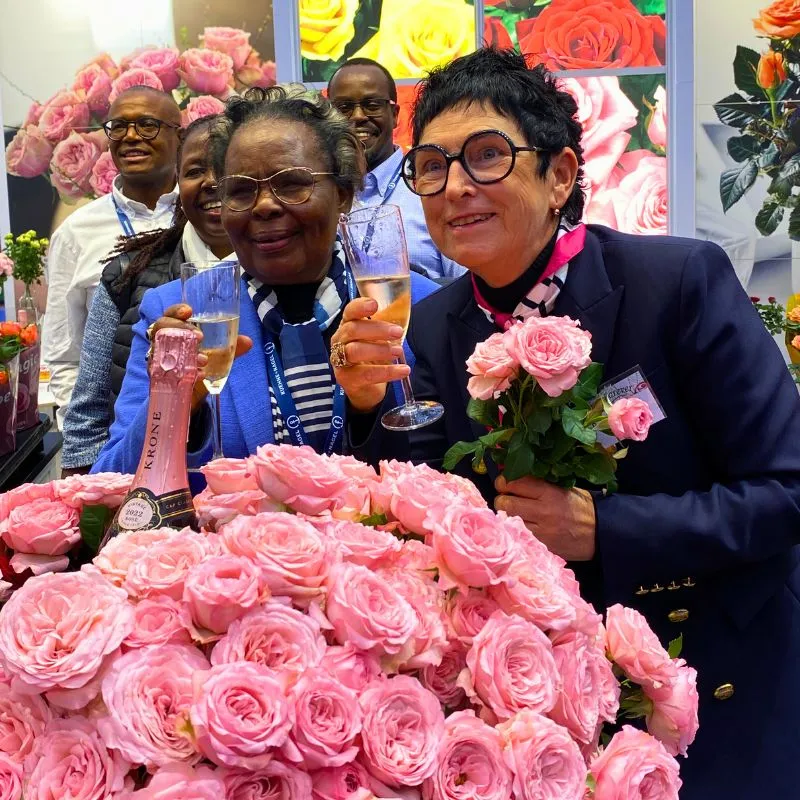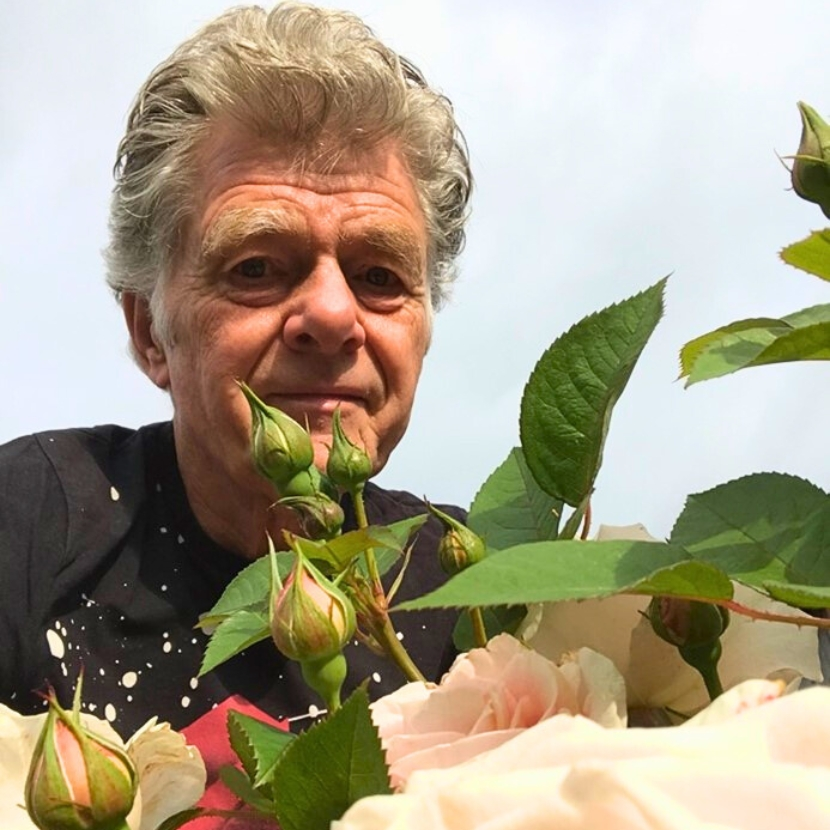Although in character Father Dré was very impatient, he still took his time taking me through the agents’ contracts and breeder’s rights forms. In this, Father Dré was an autodidact, he explained. “The only official expert in Holland is Pieter Vos, the lawyer and Secretary of CIOPORA, and then only because I taught him.” Agents’ contracts I could understand, but as for breeder’s rights and CIOPORA I was at a loss. “Think of copyright,” Father Dré started, “with which an author protects his writing, or a patent with which an inventor protects his intellectual property. With breeder’s rights we protect the varieties we invent.” “The application forms for this differ per country and you also need to take detailed photographs.” With the right examples I could handle forms. The announcement of the photographing was disturbing. I once bought a non-automatic camera to see if had the patience for picture taking. I generously offered my first girlfriend to keep the camera after we split up.
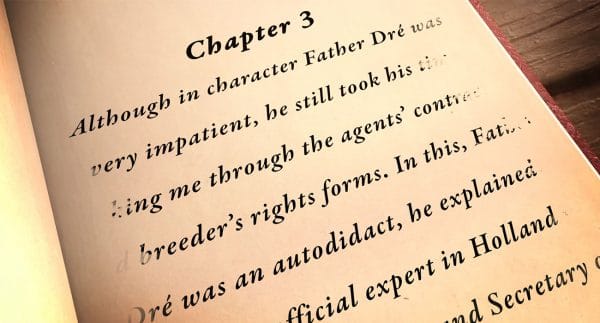
Father Dré instantly brought the apparently much more complicated camera out, still in the original box, complete with manual. As if this was not enough, he took me into the greenhouse to demonstrate the set up. “The camera is only two months old. We decided to invest in this. Breeder’s rights are essential to us”, he explained while entering the glasshouse. I felt the responsibility loading itself on my shoulders. Here, he opened an old cupboard next to the entrance to take out a small parcel of sate sticks and a piece of much used oasis, followed by some stained irregular pieces of white polystyrene foam from the top of the fridge in the cool storage. On the table he then demonstrated how to fix the “photography cabinet”, as he called it, using the sticks as nails to hold the pieces of foam together, three sides and a bottom on which the piece of oasis was put. He then entered Section I, cut off a few flowers with the pair of scissors hanging at the head of the bed, and stuck this in the oasis. Dré Junior walked by with a big smile, probably noticing the shocked naivety on my face. He stopped at the head of the bed from which his father took the flower, took the folder and pencil hanging there from a string, opened it and marked something on the list.
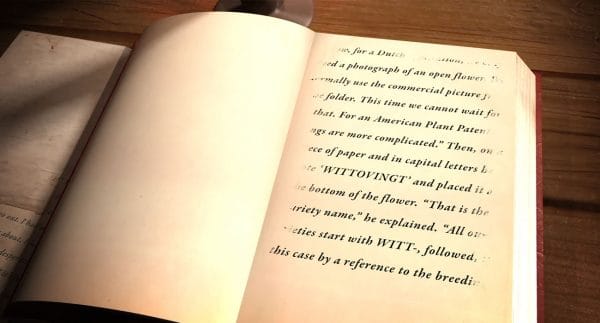
“Now, for a Dutch application, we only need a photograph of an open flower. We normally use the commercial picture from the folder. This time we cannot wait for that. For an American Plant Patent things are more complicated.” Then, on a piece of paper and in capital letters he wrote ‘WITTOVINGT’ and placed it at the bottom of the flower. “That is the variety name,” he explained. “All our varieties start with WITT-, followed, in this case by a reference to the breeding code, 89020. The variety name must be unique and is linked to the breeder’s right. Later, we give a commercial name, which needs to be protected by a Benelux trademark, to start with.” I quickly wrote down ‘breeding code’, ‘variety name’ and ‘commercial name’. “The variety name of Leonardo®, for instance, is WITTDRIKO. We secretly named it after the three brothers that were the first to plant it: Wim, Han and Peter Tulp, the ‘drie koningen’, three kings of the rose business. They do not know this. They are our most important customers, the first to plant Eva® and the first with Leonardo®.”
The photography cabinet did not have any lighting additions, so pictures had to be taken on bright days to get the true colors. Looking at WITTOVINGT, I understood that a change of light would change the variety, which had a mix of pink, salmon and yellow. Father Dré had cut off flowers in three opening stages: tight, half open and open. He arranged them in the foam in such a way, that they were all slightly facing the camera. The variety had plenty of big and undamaged leaves, so we did not have to ‘polish up the variety’ by adding or replacing leaves. To my relief, Dré put the camera on ‘automatic’, took some shots and so did I.
Afterwards, I brought the film to the local drugstore that had a development service. “Normally we photograph more varieties at the same time, but this time we have to be quick to send in the application, “ Dré had said when I asked him why we only used part of the film.

